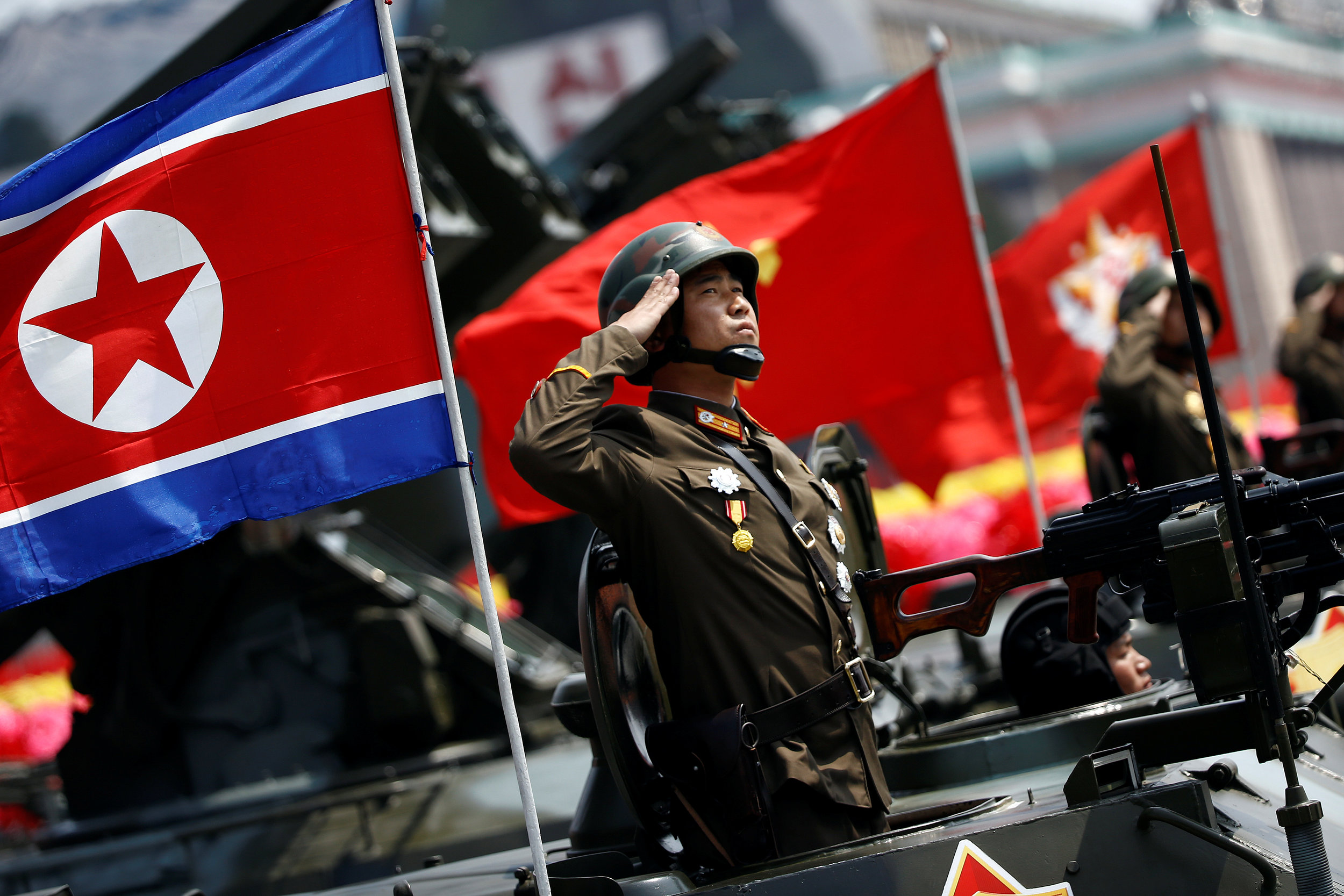A War of Words
North Korean has been developing its military for years. PC: brookings.edu
On Monday, Oct. 9, 2007, at 2:36 PM central time, North Korea conducted its first ever nuclear test. The move came after North Korea abandoned talks initiated by the international community to persuade the small communist country to discontinue its nuclear weapons program. Although the initial test was considered to be a misfire, the test alerted the world to a new truth: North Korea now has nuclear weapons.
Since then, six nuclear weapons tests have been conducted, with the most recent test on July 4 being one of the most powerful yet. According to the Comprehensive Nuclear-Test Ban Treaty Organization (CTBTO), a United Nations group that monitors the world’s nuclear tests, the bomb’s explosive power was around 100-600 kilotons, enough to incinerate everything within a 5 mile radius and cause fallout up to 65 square miles . In comparison, the bomb dropped on Hiroshima in 1945 was a mere 15 kilotons.
The North has been developing increasingly longer and longer range missiles to carry its warheads, with its current Hwasong-14 reported to be able to strike significant parts of the US, including Alaska, the west coast of the US and possibly even as far as Denver . What started as a program that could fire missiles only a few hundred miles has progressed to the point where around a third of the world’s population is within striking distance. With missile launches conducted seemingly weekly, it begs the question, can the United States defend itself and its allies if one of them is targeted?
It’s much harder to intercept an incoming missile than it is to fire one and have it hit a large target such as a city. Since much of the US has its interceptor missiles based on ships, the increased waterborne challenge of “hitting a bullet with a smaller bullet” makes it far more difficult to track and hit an object traveling at thousands of miles an hour.
The US and its allies do however have many tools at their disposal. Once the initial launch is detected by US satellites, one of several air force bases would be called upon to choose an appropriate response to the missile. In the short time before a decision is made, several land, air and ground based radar would track it as it accelerated towards outer-space.
Once an appropriate counter-missile launch site is chosen, an interceptor missile called a GBI, or Ground-Based Interceptor, would be launched. At present, the US has 36 such missiles, and several of them would be fired at any incoming missile in order to increase the chances of striking it. According to the Pentagon, if an attack were launched from North Korea today, we would be protected from “a small number” of missiles.
Fortunately, officials from the Pentagon believe that the risk of an intentional attack in the future is small. The expected international retaliation, coupled with the high probability of an intercept, is enough to keep any rash actions at bay. Since the first test conducted by the Kim dynasty, harsh rhetoric was just that—rhetoric. Cooler heads have thus far prevailed, and will most likely continue to do so. The alternative is something neither side wants.
Jesse Shoghi is a junior studying computing.


